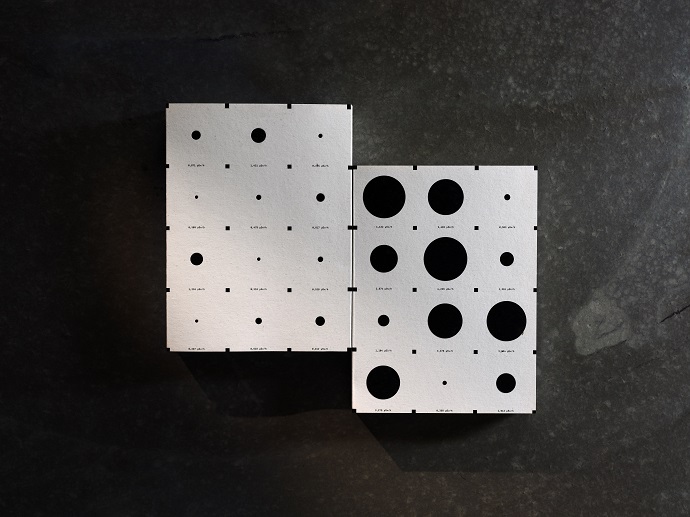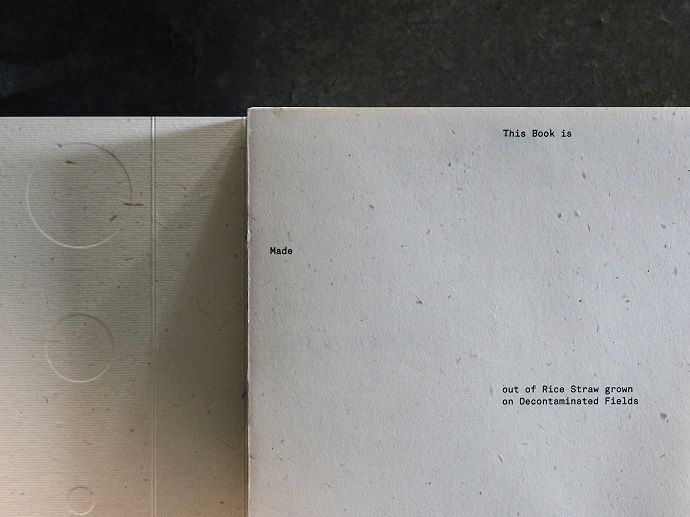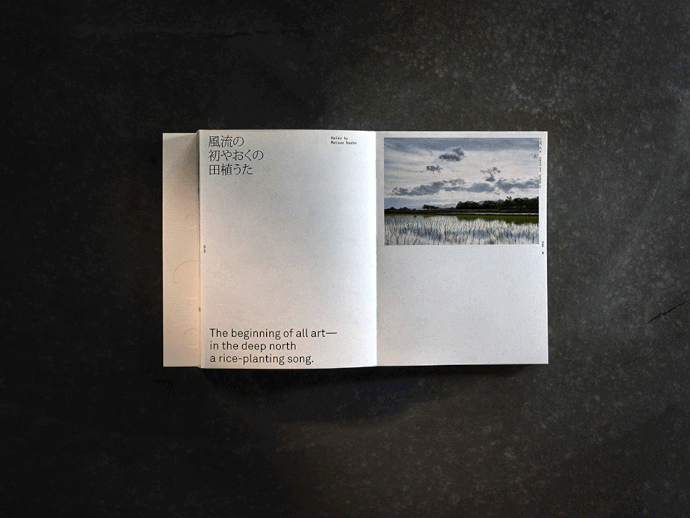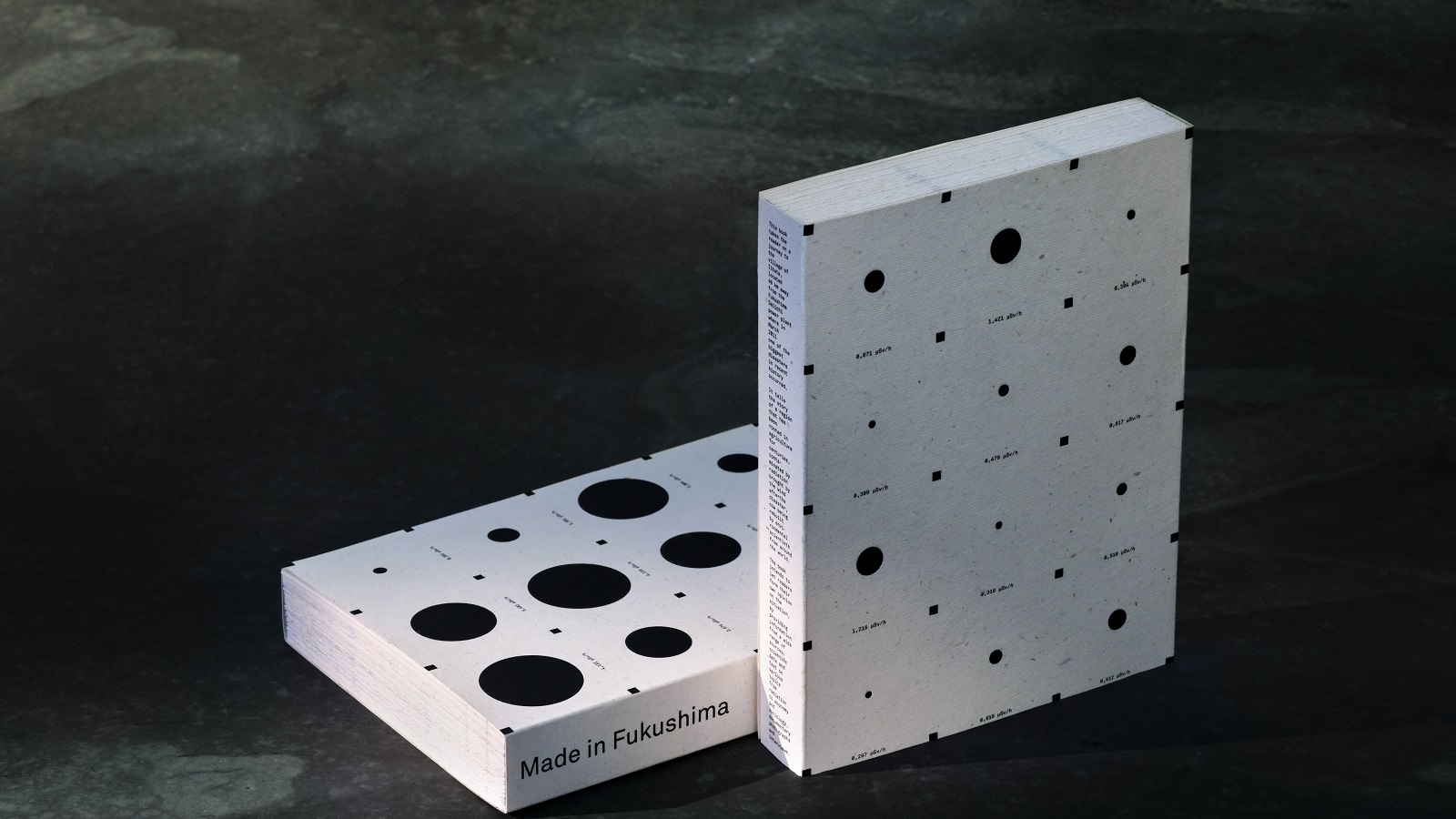26 April 1986. The Chernobyl Nuclear Power Plant ‘explodes,’ making it the most destructive nuclear disaster, which then silently killed everything in its path. 25 years later another nuclear disaster takes place in a distant part of the world. The Fukushima Daiichi Power Plant is hit by a tsunami, which triggers the meltdown of its nuclear reactors. Just like Chernobyl, the Fukushima disaster has had a negative impact on the environment, with wind and rain carrying the radioactive material inland and contaminating more than 25,000 hectares of farmland. Japan’s most important agricultural regions get affected.
Its lands are no longer safe to grow any crops. Until now. Environmental technology specialists from METER enters the scene. The scientific team has collaborated with Dr. Masaru Mizoguchi from The University of Tokyo and the NPO Fukushima Saisei, and together they figured out a plan which allows them to decontaminate the damaged soil. This serves as an invitation for farmers to grow perfectly safe rice once again. Even though there is data that proves that rice from the contaminated areas is safe to eat, no one buys it because they don’t trust or understand the scientific data. And you can’t blame them…

That’s why METER took a step forward and worked closely with creative agency Serviceplan to develop a book that’s entirely made of rice. “Made in Fukushima” is a literary project which unveils an experience written with rice straw from the Fukushima’s decontaminated fields. The book was created to give a helping hand to the people within the vicinity of the plant and make them understand how METER’s decontamination method works, reassuring them that the rice grown in Fukushima is now safe to be consumed by anybody.
The book contains 296 pages and uses a wide range of resources to describe the Fukushima situation, including photography, interviews, reports, background information, data, and visualizations. The publication also introduces historical images, poetry, and scientific papers. Still, the authors put the most stress on data, which were visualized through different techniques.
The project aims to help farmers and communities around Fukushima recover after the disaster, by inviting them to safely farm on these lands yet again.

The plan of the creative agency—which is dedicated to the entrepreneurial success of its clients and is a market leader in the development and realization of integrated communication concepts—was to turn METER’s scientific data into something that anyone can understand. So, the team came up with the idea of creating a natural book. Thanks to the fact that METER had access to a lot of environmental and agricultural data, the artists had plenty of information to incorporate within the book’s pages. There were months of research, during which the scientists added more data on demographics, economy, science, and ecology from various sources. Various visits to Fukushima allowed the experts to measure the radiation levels, which also became an important part of the book.
The book contains rice straw grown on decontaminated fields in Fukushima. The rice straw was harvested, dried, cleaned, cut, and crafted into paper. A crew of paper experts worked together on a series of pages that contain visible part of rice straw. Admirably, all of this was carried out without distracting from the content.

“Made in Fukushima” tells the story of the region, the disaster, the decontamination, and the stories of farmers and their products. It took more than two years to create the book, which was finally published in 2019 in a first limited edition. Some of the books were sent to METER’s clients and decision makers in the environment and food industries. This led to ongoing conversations.
Moreover, after receiving dozens of requests, the crew decided to print the next edition of the book. “In Fukushima, communities and businesses in Fukushima are regaining strength: More people are moving back, and the price of Fukushima rice and rice products is on the rise. The sustainable decontamination method is being adopted by more farmers and organizations and beyond,” claims the agency in a press release.
If it were made from Chernobyl’s soil, we would be quite careful when reading a similar book. But now that we know that Fukushima’s soil can grow such ‘crop’, we at Branding.news would give this one a read. How about you?
